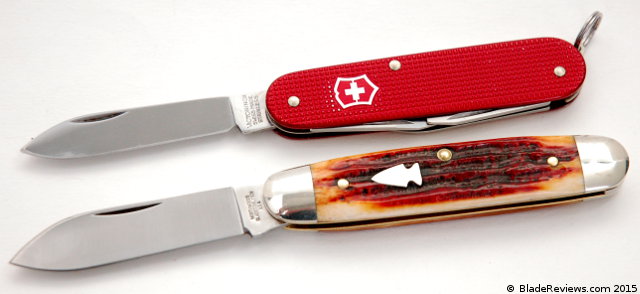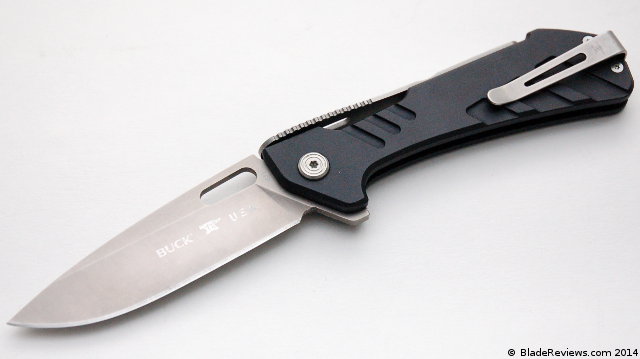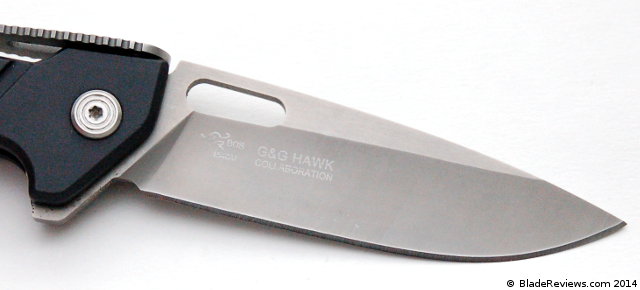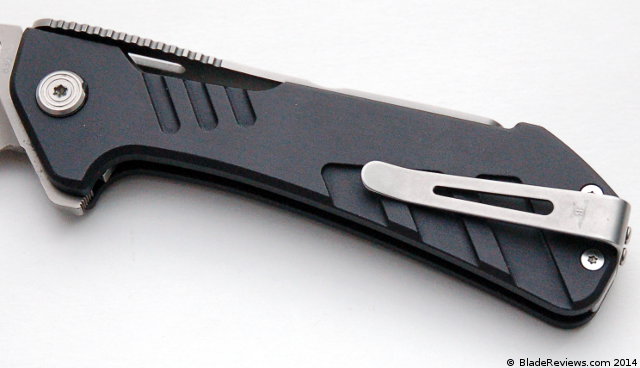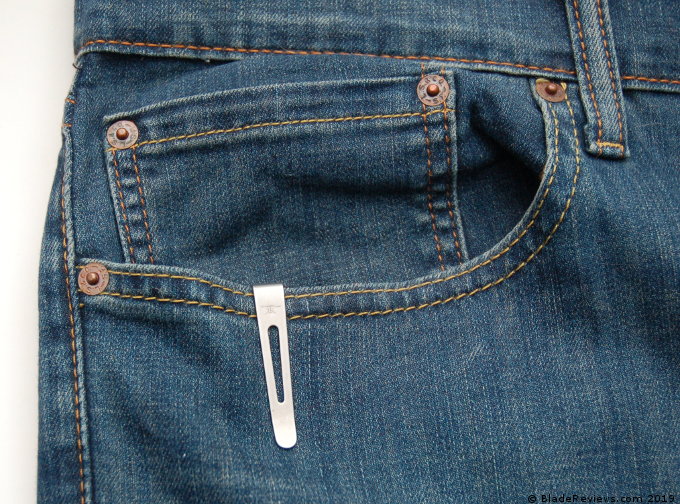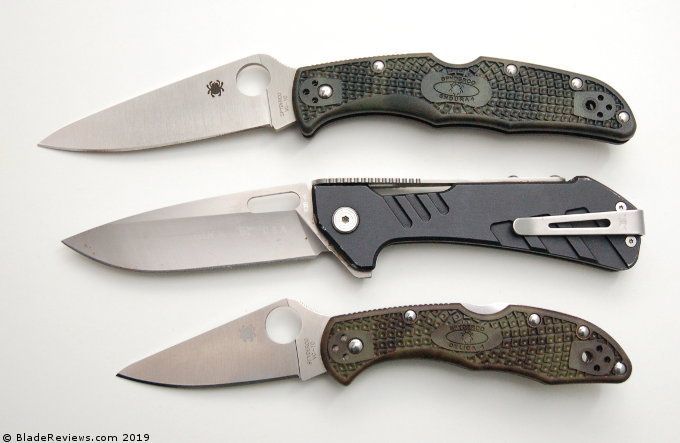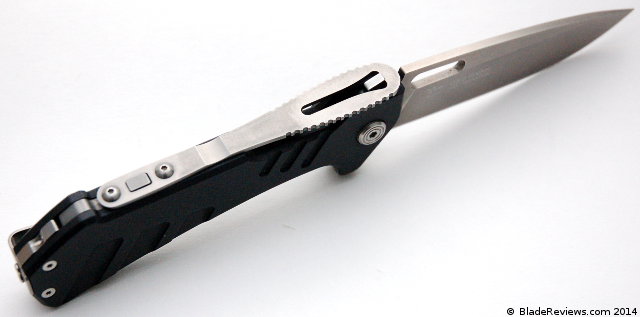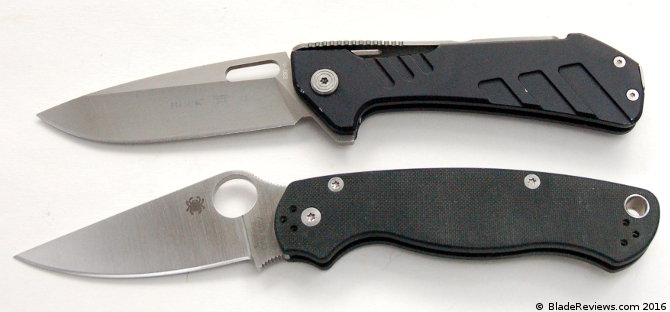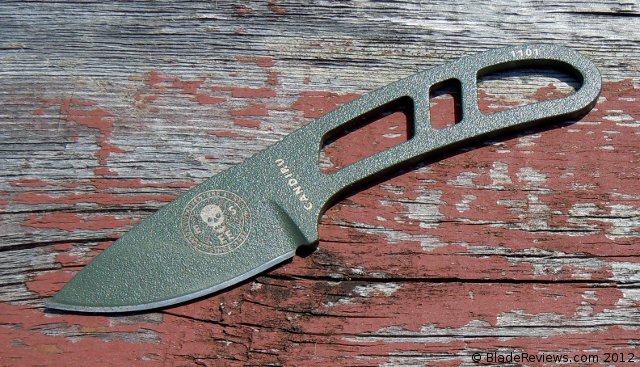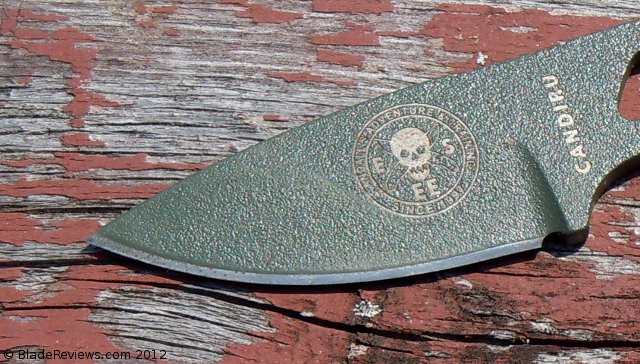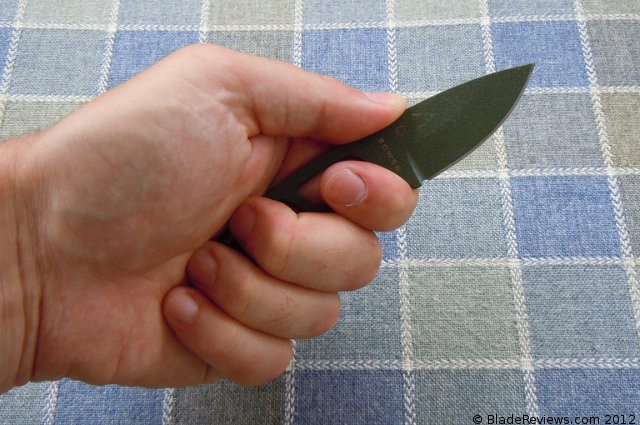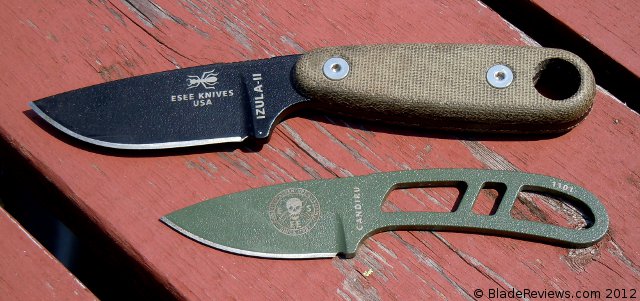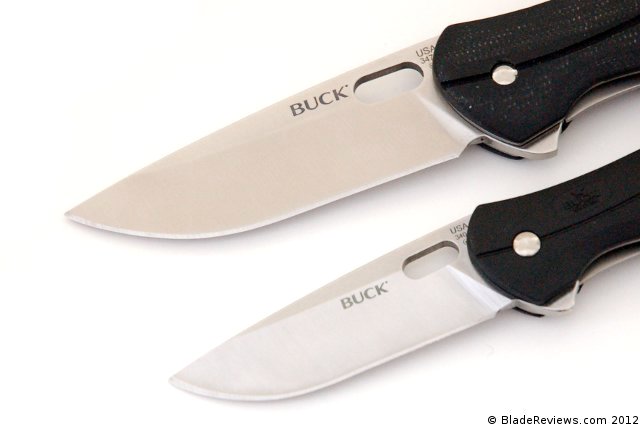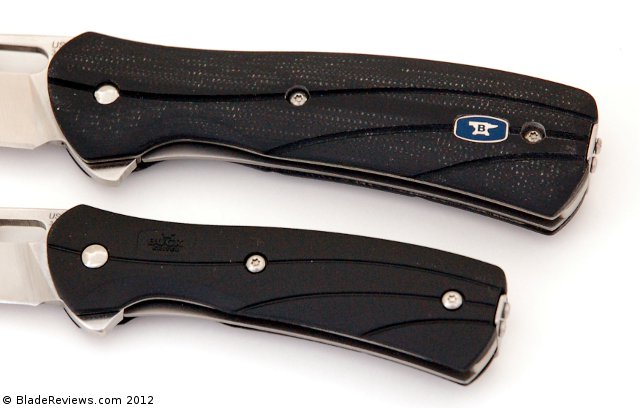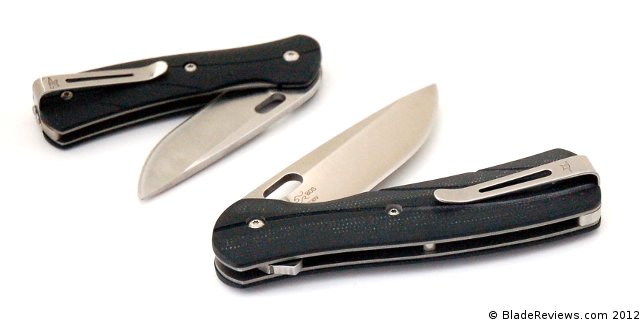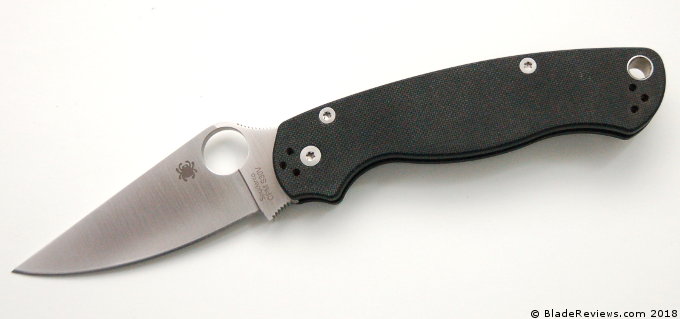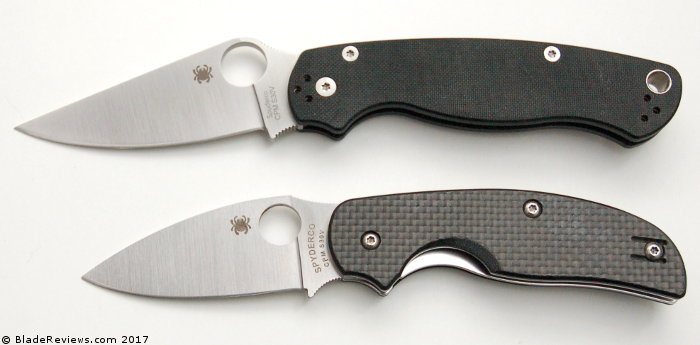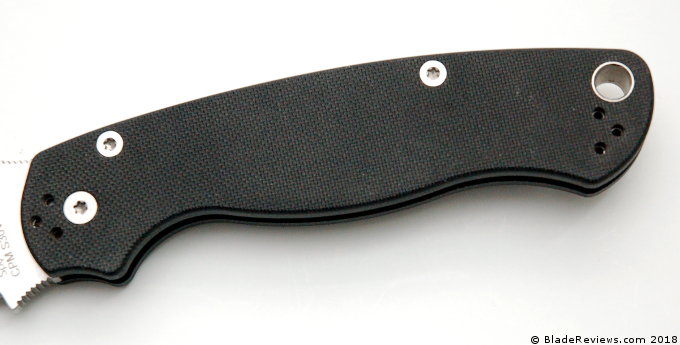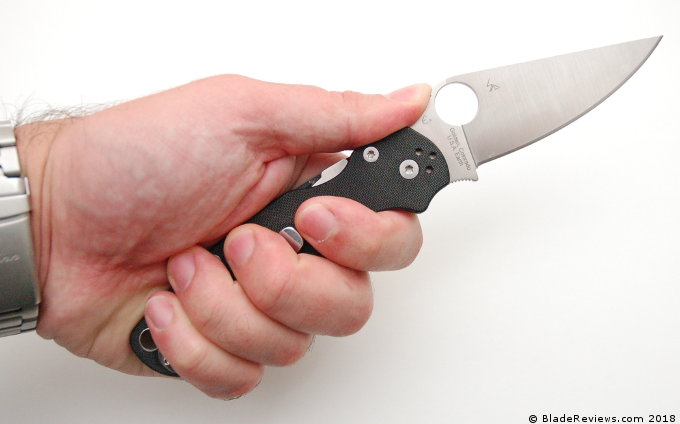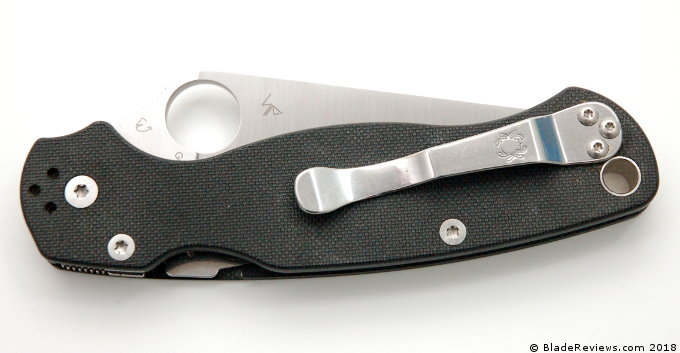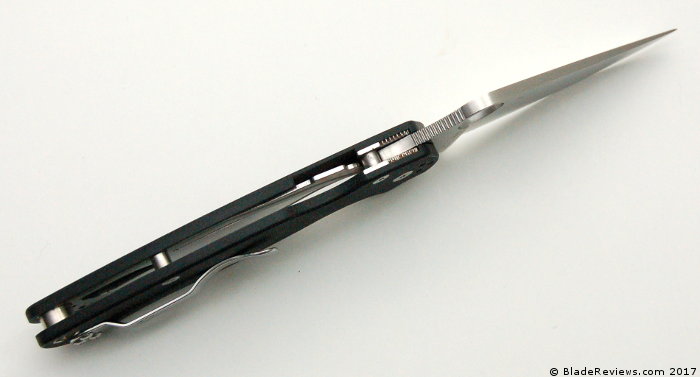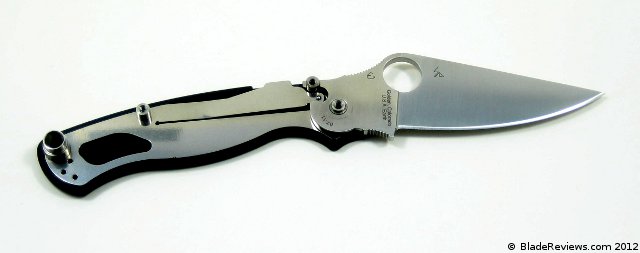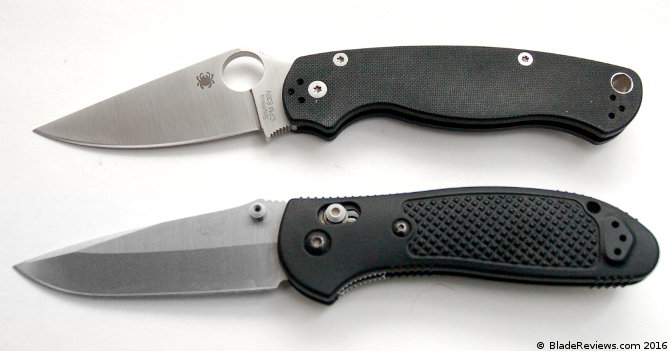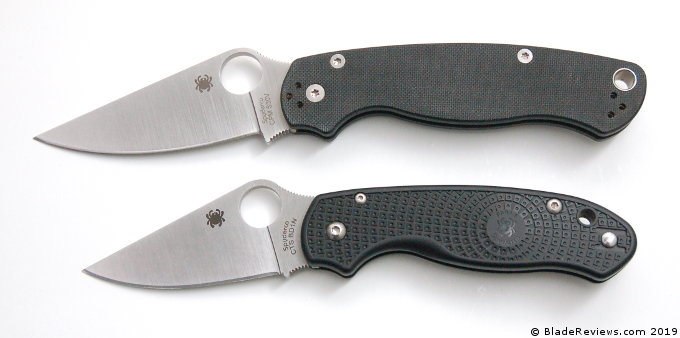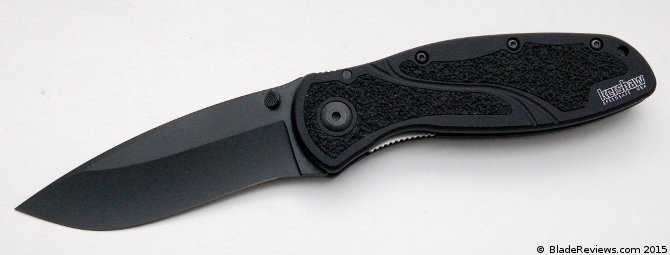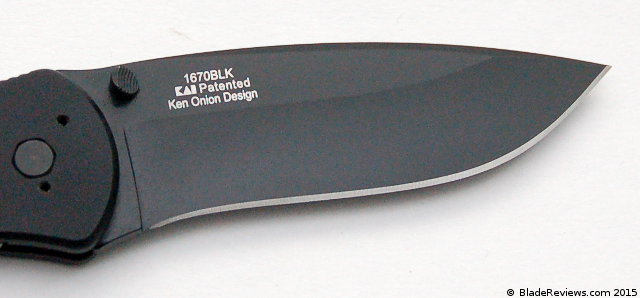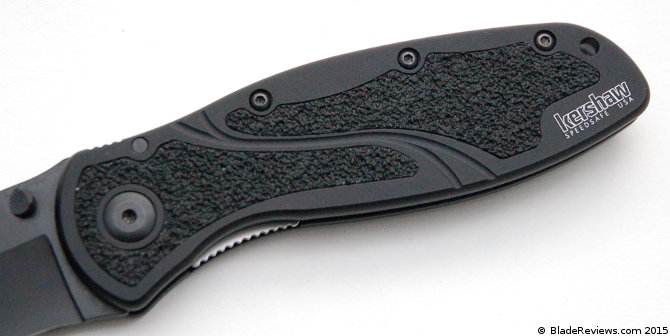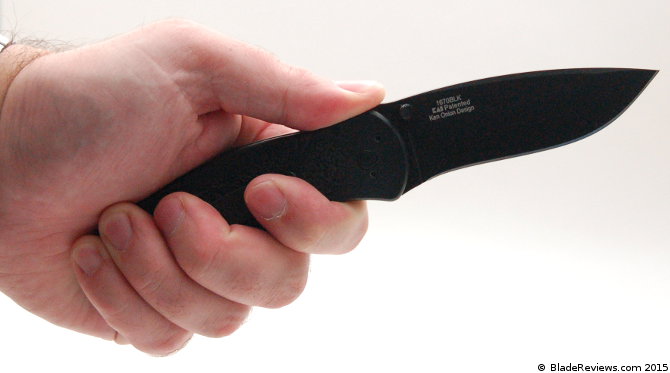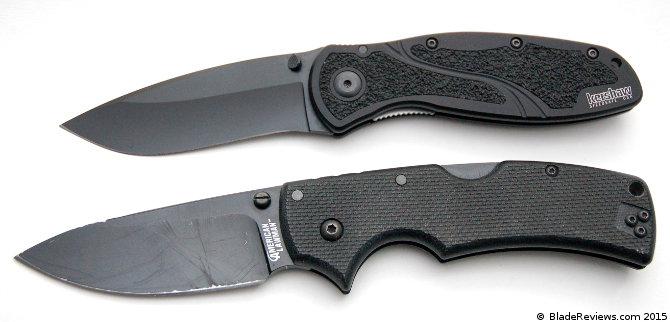I have been interested in traditional slip joint knives for a while now. I am not alone. Many have come to enjoy the pocket friendly lines of a simple slip joint, and the thinly ground blades cut like nothing else. Some might find the absence of a lock unnerving, but in my experience most of the time a slip joint is more than enough knife for normal utility tasks.
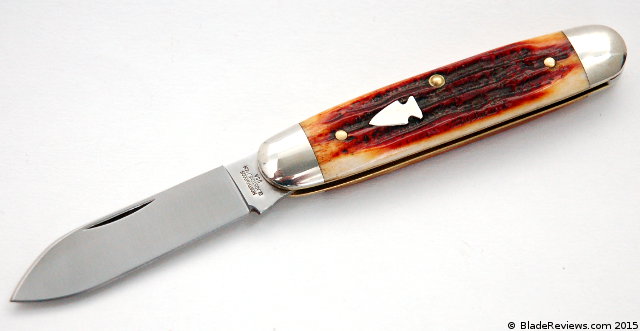
Buy the Northwoods Indian River Jack at KnivesShipFree
As I wandered down the slip joint rabbit hole I eventually came across the Northwoods Knives Indian River Jack. Here is a simple single blade pattern, but with an upgraded blade steel (in this case, CPM-154). No other bells or whistles to speak of. Some might refer to this as an ever elusive “perfect EDC knife”.
The Northwoods Knives brand was purchased by Derrick Bohn of KnivesShipFree sometime around 2010-2011. Northwoods were originally made by Great Eastern Cutlery and Queen Cutlery (2 American companies specializing in traditional folders), and Derrick has continued the tradition of having the knives made in the USA by these manufacturers. The knife in this review was made by GEC, although the current version of the knife is made by Queen (at the time of writing this article, mid 2015). IRJ’s are released in small batches. Due to the limited supply and unique selling proposition of a 154CM blade, demand for the IRJ is out of control. The knives quickly sell out every time a batch hits Derrick’s website.
I was fortunate enough to snag one of the 2014 GEC manufactured IRJs, and have been carrying the knife for many months now.
General Dimensions and Blade Details
The IRJ has an overall length of approximately 6.25″, a 2.5″ blade, weighs 2.2 ounces, and is made in the USA. This knife has a similar footprint to my cherished Victorinox Cadet, and is an ideal size for every day carry (EDC) in my book. Certainly, this makes for a fine gentleman’s folder. And given the limited quantities of the IRJ I would classify this as a collectible as well. As I try to compare the IRJ with other knives in my collection, I would almost classify this as a cross between the Cadet and CRK Mnandi.
The blade of the Indian River Jack is a simple drop point pattern. Again, it reminds me of the blade on the Cadet. Just dead simple. In this instance there is a very slight swedge. Still very simple. The blade has a full flat grind with satin finish, and is thin behind the edge. It is a beautiful slicer. Perfect for light tasks like opening mail and cutting up fruit, but certainly capable of tougher chores. It slides through cardboard, cuts rope, and whittles wood with ease.
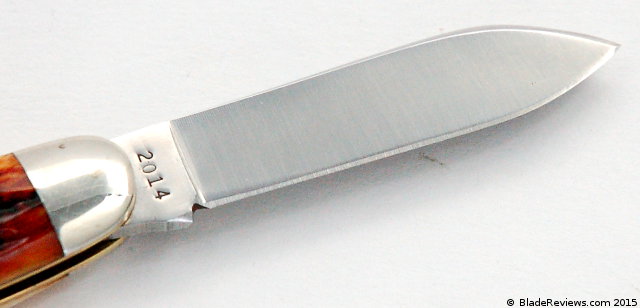
My version of the Indian River Jack came in CPM-154 stainless steel. As much as I enjoy the charm of the high carbon steel blade on my GEC Viper, there is something to be said for the ease of maintenance of stainless steel. I can ride this knife hard, put it away wet (sometimes literally), and not have to worry about rust or heavy oxidation. I have been guilty of occasionally not cleaning and oiling my high carbon bladed slip joints as well as I should have, and coming back to find the blade covered with rust. Plus CPM-154 is just excellent steel. It takes an edge easily enough and holds it for a long time. Combine that with the super thin geometry of the IRJ’s grind, and you are left with almost unmatchable slicing performance.
Handle, and Ergonomics
The handle of the Indian River Jack is a simple pill shape, with nickle silver bolsters and brass liners. The handle comes in a variety of “covers” (handle scale materials). Mine happens to have jigged bone for the handle material, which is a handle material that I don’t have a lot of experience with. It certainly fits the traditional aspects of the knife. The nickle silver bolsters are highly reflective and lend a touch of class (and extra heft) to the IRJ.
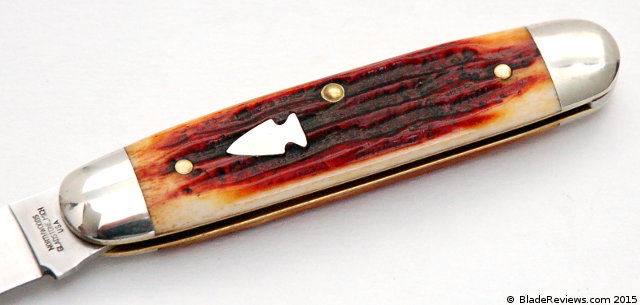
Everything has been riveted together. Fit and finish is pretty good on my knife. The transition between backspring and spine of the blade on my example could be better, and there is a tiny gap between the liners and backspring. But beyond that the pieces line up and the finish work is nice. Given the price I am not disappointed.
In hand the Indian River Jack is a capable little knife. There is no jimping, no finger choils, no lanyard hole, no skull crusher pommel, no rubber inserts, or skateboard tape. Yet still the IRJ seems to work just fine. There is plenty to hold onto and I have enjoyed using the knife for a multitude of basic chores. As with any folding knife, it needs to be treated with care and respect.
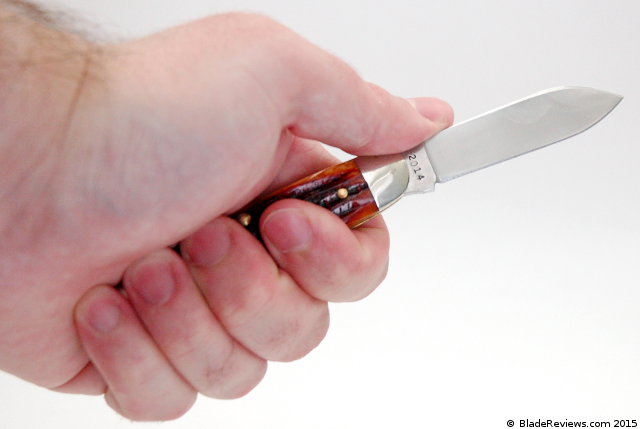
While there is no pocket clip to speak of on the Indian River Jack, KnivesShipFree does include a leather slip case with the knife. The leather on the slip case is thick, and carrying the knife in the case is akin to carrying a small secondary wallet. Slip cases prevent the knife from getting beat up in your pocket, and I am a fan of these kinds of cases – especially for dressier pieces like this. It’s a nice touch and a great option for the IRJ, especially if you want to preserve the knife as a collectible.
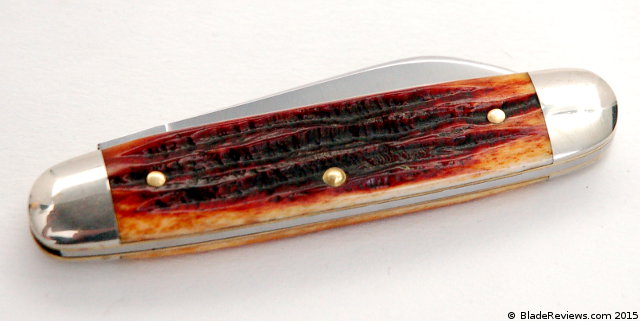
Walk and Talk
I have disbanded with the usual “Deployment and Lockup” section since this is a slip joint. Instead, lets discuss the “walk and talk” of this modern traditional folder. The IRJ features a slim nail nick to access the blade. It is cut sharply and the knife is easy enough to open and close with two hands. This will never compare with the easy opening of a thumb stud, thumb hole, or flipper, but that is part of the charm of these older patterns.
The backspring on the IRJ is pretty snappy. I won’t proclaim to be an expert on the walk and talk of slip joints, but compared with some of my other slippies, I’d say it’s a on the strong side. The blade opens and shuts with a satisfying snap. There is no hard half stop, but the blade does seem to naturally rest in the half position. There is a little pinch of resistance there as you push the blade open or closed. All said the action on this slip joint is smooth and satisfying.
Indian River Jack – Final Thoughts
It should come as no surprise that I really like the Indian River Jack. The classic design, good fit and finish, and CPM-154 blade all serve to make it a winner in my book. Despite being somewhat rare and coveted, this is still a working knife at the end of the day. It isn’t perfect, but that makes it all the more endearing. Compared with the fancy folders of today, the $130 price tag is relatively modest.
In a way I have struggled to write this review. This knife is understated, but excellent. I wanted to give it the respect and appreciation it deserves without being over the top, because doing so would be incongruous with the knife. But maybe I should be over the top. This knife is worthy of the praise.
For those on the quest for the “perfect EDC knife”, the Indian River Jack could be a contender depending on your preferences. If you are like me, and gravitate towards small sleek knives for daily carry, then the IRJ checks a lot of boxes. Perhaps the limited availability is the biggest detractor to the IRJ. You have to scour the secondary market or keep an eagle eye on KniveShipFree (the only purveyor of Northwoods Knives) for when they get new shipments in. Regardless, the IRJ makes my list of best EDC knives. Highly recommended for fans of minimalist and traditional folding knives.
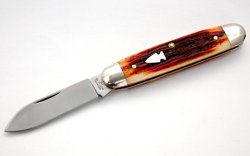
Indian River Jack – From $130.00
From: KnivesShipFree
I recommend purchasing the Indian River Jack at KnivesShipFree. Please consider that buying anything through any of the links on this website helps support BladeReviews.com, and keeps the site going. As always, any and all support is greatly appreciated. Thank you very much.
